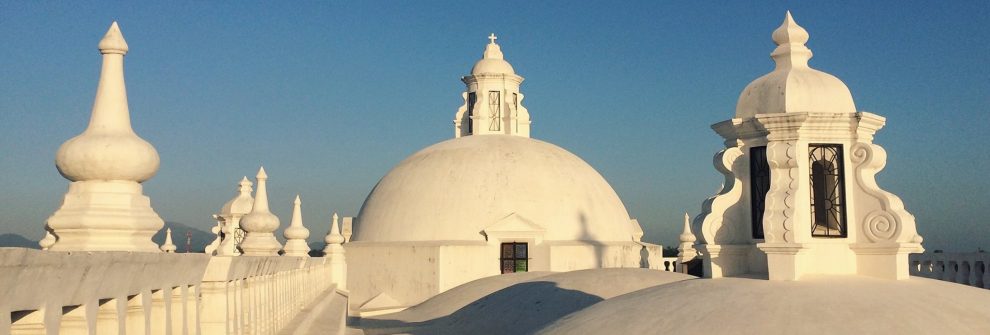I find it interesting to think about how insignificant Christopher Columbus’s voyage to the New World was in comparison to the events occurring in Spain at the time. In between the Fall of Granada and the ‘ethnic cleansing’ that was happening, Columbus and his crew were just a drop in an enormous ocean. What’s especially fascinating, taking into account everything that was going on at the time, is the aftermath of Columbus’s voyage and how it completely reversed King Ferdinand and Queen Isabella’s intentions of “purifying” the peninsula.
As early as 1509, the Spanish and Portuguese began bringing slaves to the America’s from Africa to work primarily on sugar plantations. Much to my surprise, Cuba, Hispaniola and Brazil all had thousands of more slaves than the United States did, a few hundred years later. As a US citizen, this was shocking news to me because much of my middle school and high school education focused on slavery specifically in the US and how thousands of African people’s lives were destroyed after being captured into slavery. Although I knew that slavery existed in many other parts of the world, I had no idea that places such as Brazil had 5 times as many slaves as the US did. It’s terrifying and difficult to try and conceptualize how many people suffered because of slavery.
The long-term effect of slavery and colonization in the New World meant that there were now many different races that existed in the Americas. The Casta Paintings are a great representation of the new races that came into play during the 1700’s (i.e. if a black person and a white person had a child, the child would be mulato, and if a white person and an indigenous person had a child, the child would be mestizo). This grouping system soon became complicated as mestizo people would have children with mulato people for example, and thus classifying everyone into their own niche or “box” became difficult. When I first thought about these “boxes,” I considered them as a very exclusive way of dividing people by pointing out their differences, but when I looked at them again after listening to the lecture, I thought that maybe people were simply trying to understand their past and who they are. I wonder if this still as much of an identity crisis for people today especially because the lines are still so blurred, if not more so. How did the people living in the Americas feel about their categories during this time?
Sophie

2 responses to “Week Three”